
Mixing up superheroes with other superheroes is an idea nearly as old as superheroes themselves. Hybridizing creatures of intense power (and unusual weaknesses) is usually a pretty interesting way to explore a hero’s character; how they deal with their new powers and appearance, and how others perceive them. Superheroes are constantly going through power-puberty. Even more interesting is how artists handle the appearance of a hero (or villain) who’d just formed form two other characters.
If you’re the great Curt Swan, and you have to draw a character which has all of the powers of the Legion of Superheroes, and is a visual combination of Batman and Superman, well… you just split him down the middle like a peanut. Characters like Metamorpho and the long-forgotten Animal-Vegetable-Mineral Man (the latter drawn by the awesome Bruno Premiani) have powers which are visually divided amongst their limbs. Even the new Ultimate Machine Man is (quite unbelievably) made up of parts of Ultimate Ghost Rider and Ultimate Galactus (or Gah Lak Tus, if you’re gonna be a dork about it).
Remixing familiar objects into new ones is an increasingly popular form of creation across just about every art form. Visual artists draw and paint over famous paintings and album covers, and The Sucklord makes new toys from casts of old toys. Sampling and reconfiguring music is nothing new. Is the ‘mash-up’ an ongoing commentary on a form of pop culture which can’t get enough of itself, a product of a decreasingly creative generation of artists, or is it just a cheap, tacky way to get noticed by leeching off of an audience which feeds off of familiarity and doesn’t enjoy a challenge?
This isn’t to say that reconfiguring existing stuff isn’t awesome, when it has a real purpose. Brad Rader’s Battle Babies deconstruct the weird sacredness that collector culture places on vintage and collectible action figures by ripping them apart and making them into objects boiled to death in the fever dreams of a dude whose life is steeped in geek culture. Xevoz was a toy line specifically designed to pull apart and put back together again in order to make a huge array of bizarre creatures, from robots to cowboys to electric mantis warriors with tiger arms. When remixing requires creativity and imagination, it can be a beautiful thing.
I love being given a limited palette to play with, whether it’s my ongoing work in pixel art, making a team of Heroclix to go to battle with, only having a few tubes of paint, or being given a finite number of parts to build something with. So, this is why I was initially enamored with Hasbro’s Marvel Super Hero Mashers.
The concept is pure fun: Hasbro makes a variety of heroes and villains which pop apart and you can reconfigure them. They’re big, bulky, and durable. It’s like playing with a cartoon. And with a fairly large number of characters in their initial offering, it’s a pretty big playground to mess around in.
They look pretty awesome, and each comes with a handful of accessories to mess around with.
Hulk comes with a launching missile and some kind of gun and/or shield, depending on how you want to ‘mash’ them together. You can’t really expect the kind of joints you’d find on a typical action figure, but breakaway joints are, without a doubt, the way to go. Revoltech has come up with a really solid balljoint system which is completely deconstructable, and on a smaller scale than these guys – so while I don’t encourage introducing small, throat-lodgable, easily-lost-in-the-yardable parts to every toy, they have their place. This isn’t it, but breakaway joints are, as they say, “the tits”.
There are two different Wolverine figures. The ‘black and yellow’ version comes in a large, deluxe set with a ton of accessories and an ‘unmasked’ head, but I opted for the ‘brown and tan’ (read: less expensive) option. He comes with two swords… and only one hand capable of holding a sword. Most figures have a normal, slightly-opened hand, and a tightly-clenched hand that seems to be really stressed out about that last phone call from their nosy sister. Nothing’s getting through that stress hand. It just kinda sits there, tempting you with its tiny hole; not quite a fist, not quite an accessory hand. For something which focuses on being modifiable, you’d think that all pegs and sockets would have a universal size.
Spider-Man comes with a watery-lookin’ web accessory, and a special place on his arm in which to plug the thing. His lack of stripes was a little disconcerting at first, but it’s completely in place among the clean look of the line.
You’ll notice by now that all of these sexy “accessory holes” are an extremely pronounced aspect of these figures, visually. They’re like giant, festering zits at regular intervals, protruding from otherwise streamlined bodies. I’m not completely sure why Hasbro has chosen to go this route. While it works on figures like Iron Man and Doctor Doom, veiny protuberances on spandex-clad heroes don’t sit completely right. Of course, this is the dividing line between “sculpture” and “toy”.
Doctor Doom was the reason I noticed the line in the first place. He doesn’t come with anything but his cape and a plastic-y odor. It’s classic Doom in classic costume, and I think that’s one of the main appeals of this line; these are characters as they appeared in their most classic forms. Forget about storyline-specific costumes or making things which coincide with promoting a current Marvel movie. These have their heart in the comics.
Green Goblin comes with a trio of pumpkins and Willem Dafoe’s cheekbones, but not his signature glider. The cheekbones are more than enough, though.
And finally, Venom, who’s one of my favorite bad guys because I grew up in the 90s, and that’s pretty much required or else you lose your nerd card. Venom is especially cool because he comes with a Carnage arm. While there isn’t a Carnage figure (yet), it’s interesting that the line acknowledges characters outside of the line. These things usually come with all kinds of weird restrictions, but it’s good to see that stuff like this is a possibility. (And what better line to host a build-a-figure? Start it up, Hasbro! Don’t be shy!)
And of course, you can pull all of these apart and put them together again.
But the fun kind of ends there. While visually pretty rad, it’s a line with a fair number of shortcomings.
While the figures’ parts are very easy to switch out and reconfigure, they’re a bit too easy to pull apart. These aren’t toys which you can smash together and they’ll come away in one piece; even overextending a joint causes the attaching pegs to pop out, and it’s because the pegs in question are kinda cheap. Whereas an interference fit ball joint (see Xevoz, below) would have been an ideal solution to this kind of thing, Hasbro goes with clothespin-like pegs. It didn’t take a whole lot of pushing and pulling before these were already showing signs of bending, and when one small part of these snaps off, it’s game over. Spider-Man will never walk again.
You might think that a figure like this would be completely deconstructible, but it’s not. Every figure’s shoulder joints are firmly in place on each chest piece, probably because of the various arm sizes between the different figures being unable to establish a standard shape for these arm holes. It’s also a little disappointing that they don’t have detachable torsos. Call me crazy, but I’d like to see Hulk with Doctor Doom’s robot armor pants, not Hulk with purple panties and robot legs. The visual delineation between each figure’s hips and legs, especially when switched, is pretty goofy.
Finally, it’s really geek-tragic that Hasbro didn’t quietly find a way to make these 100% compatible with the aforementioned and very much missed Xevoz line. Everyone loved Xevoz, and Xevoz had a crazy number of really great parts. It would have been really cool to be able to give Hulk a pair of bat wings, or a bug arm, but we’re stuck with a proprietary peg system which mixes with nothing else. There’s a reason that LEGO knockoff brands are compatible with LEGO. They augment and enhance an experience. When these things feed off of each other, they not only gain loyalty but profit. Overlooking this possibility, to put it plainly, sucks. I’d also like to add, Hasbro, that I’m available for consultation at any time.
 C. David is a writer and artist living in the Hudson Valley, NY. He loves pinball, Wazmo Nariz, Rem Lezar, MODOK, pogs, Ultra Monsters, 80s horror, and is secretly very enthusiastic about everything else not listed here.
C. David is a writer and artist living in the Hudson Valley, NY. He loves pinball, Wazmo Nariz, Rem Lezar, MODOK, pogs, Ultra Monsters, 80s horror, and is secretly very enthusiastic about everything else not listed here.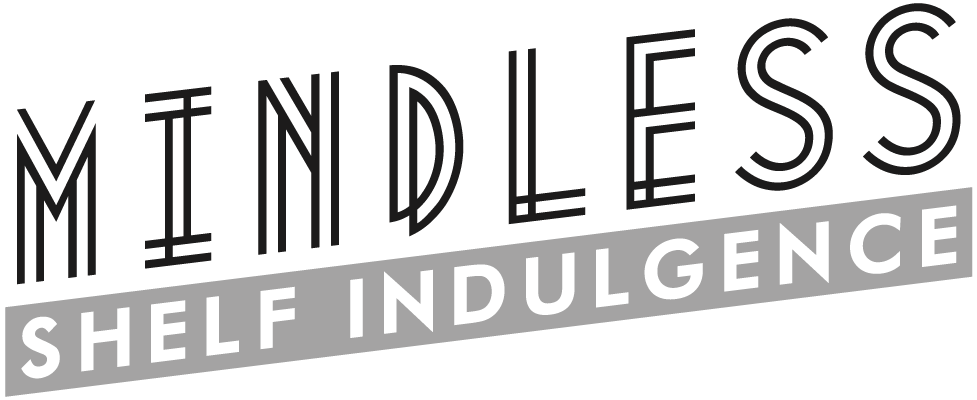
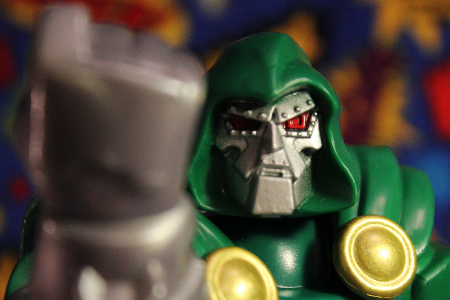
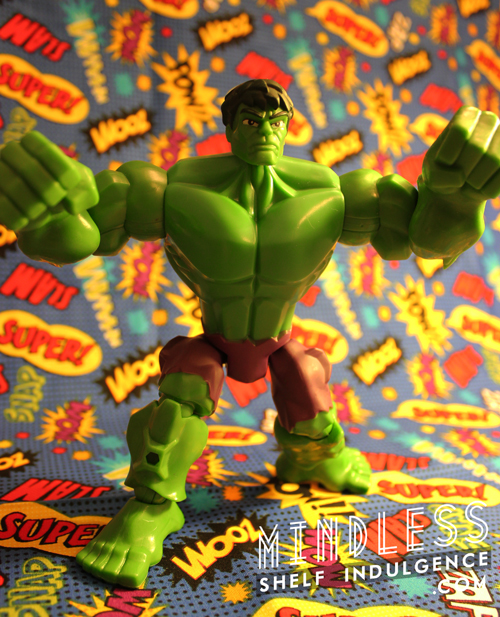
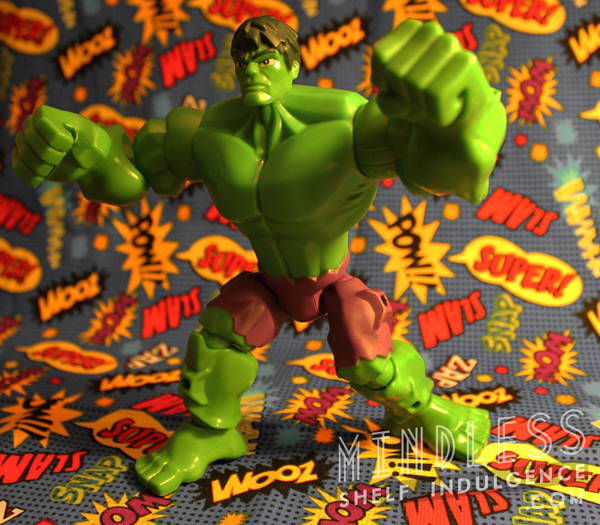

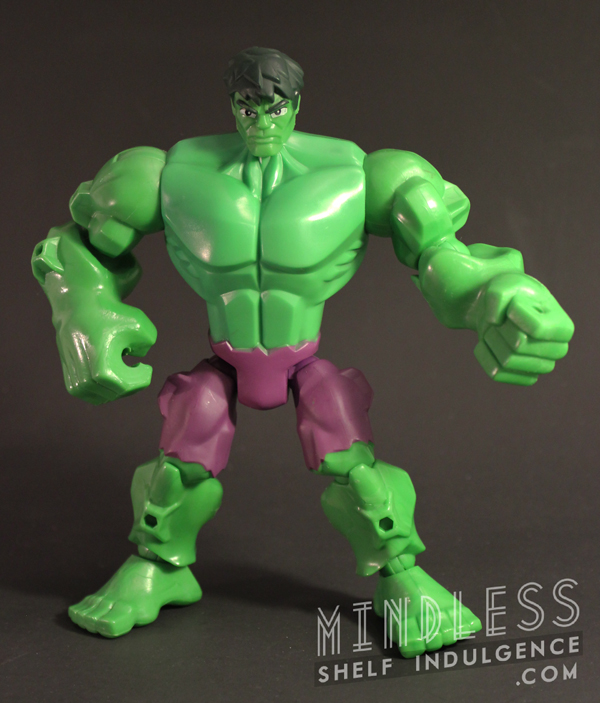
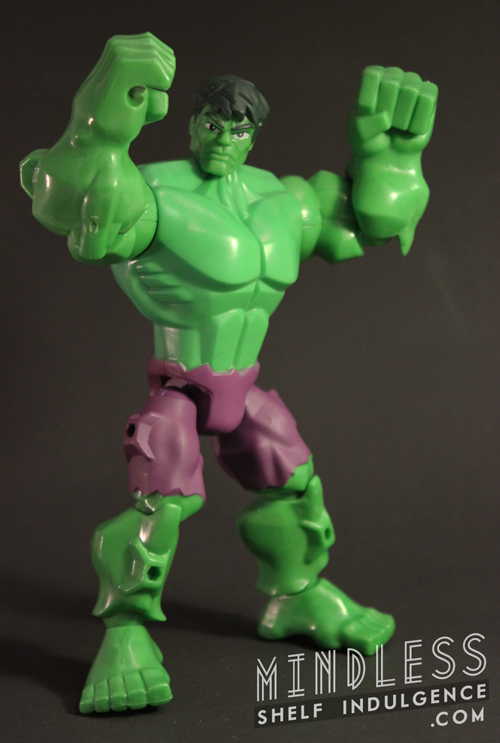

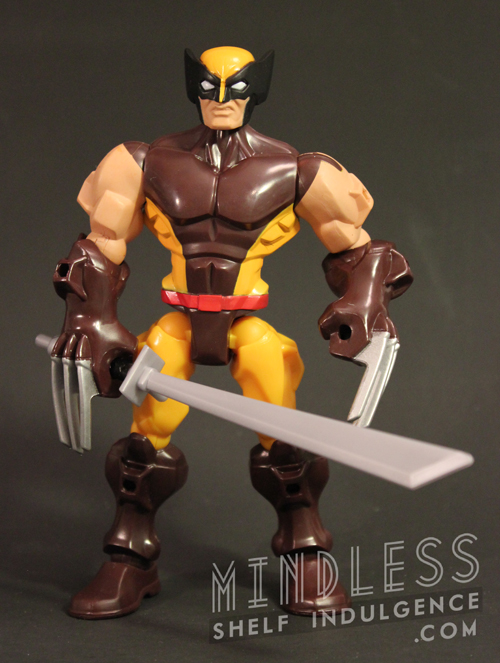
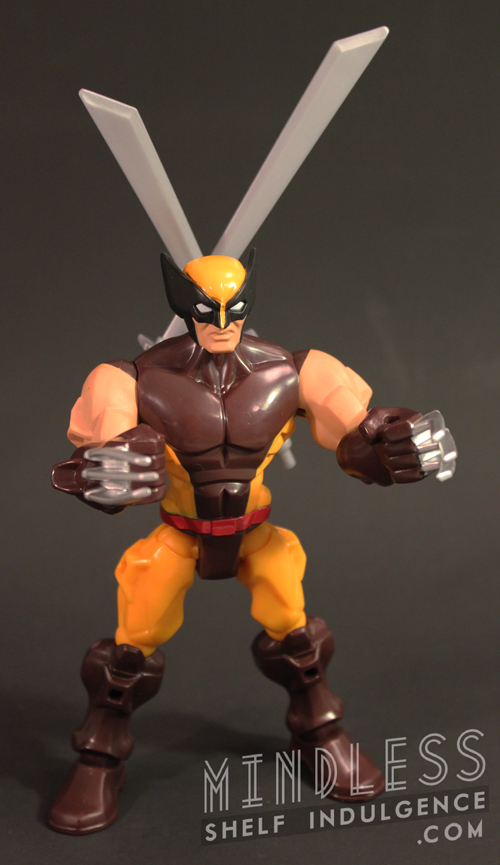
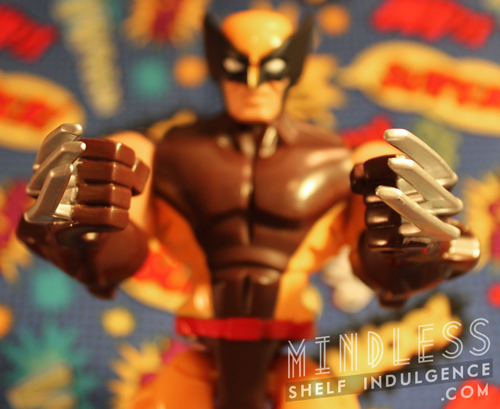
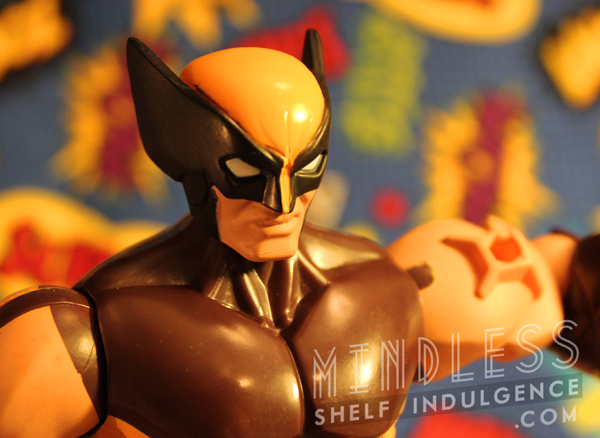


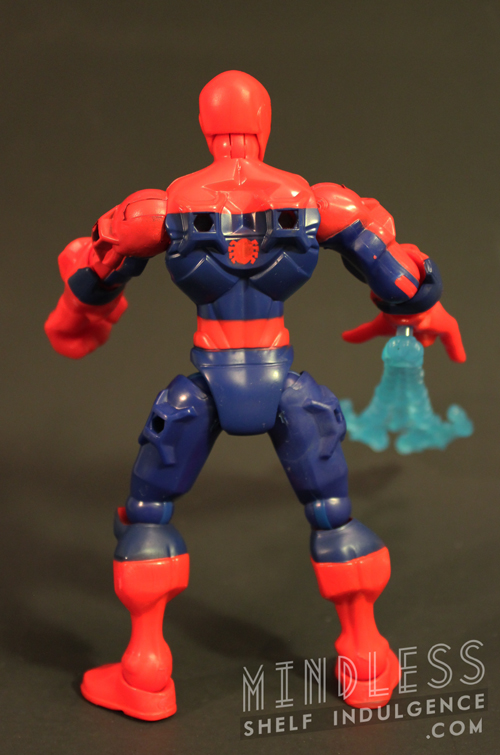
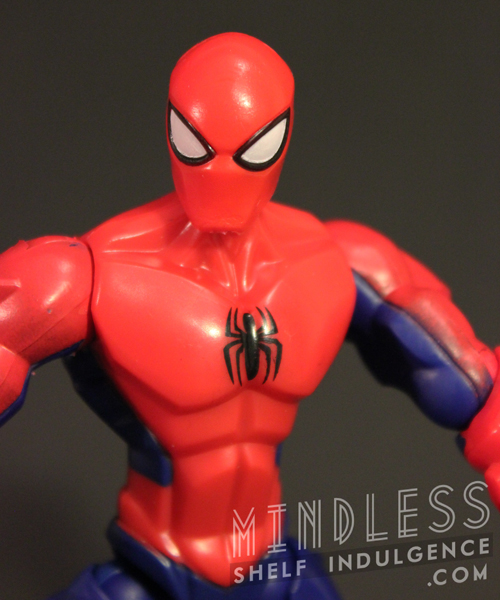

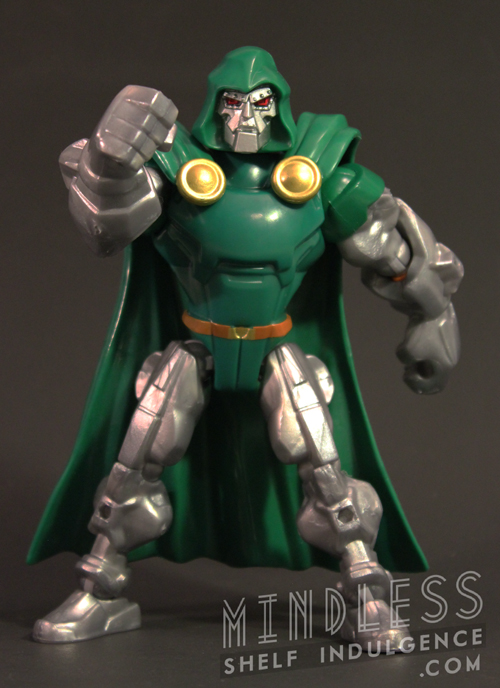
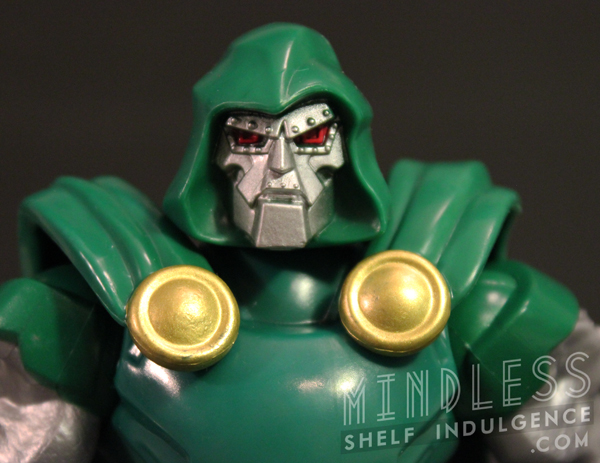
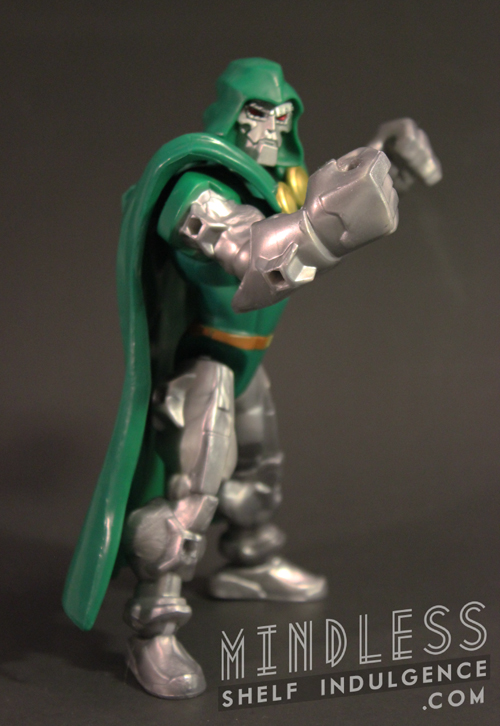
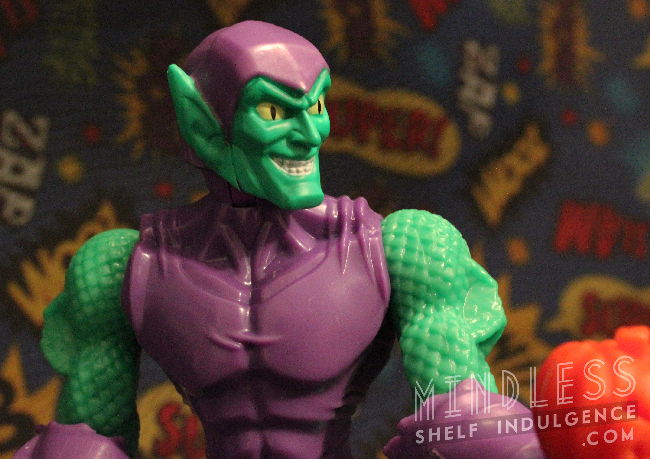

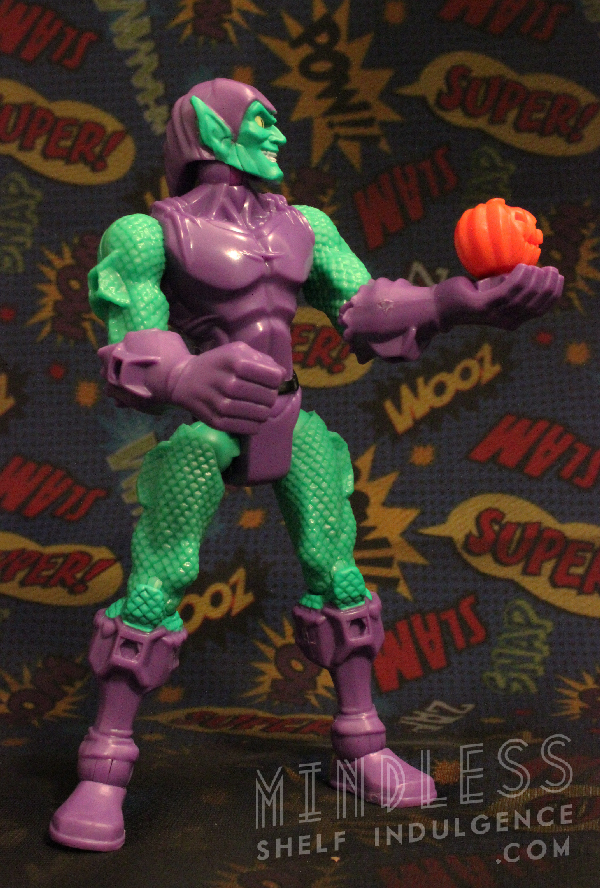
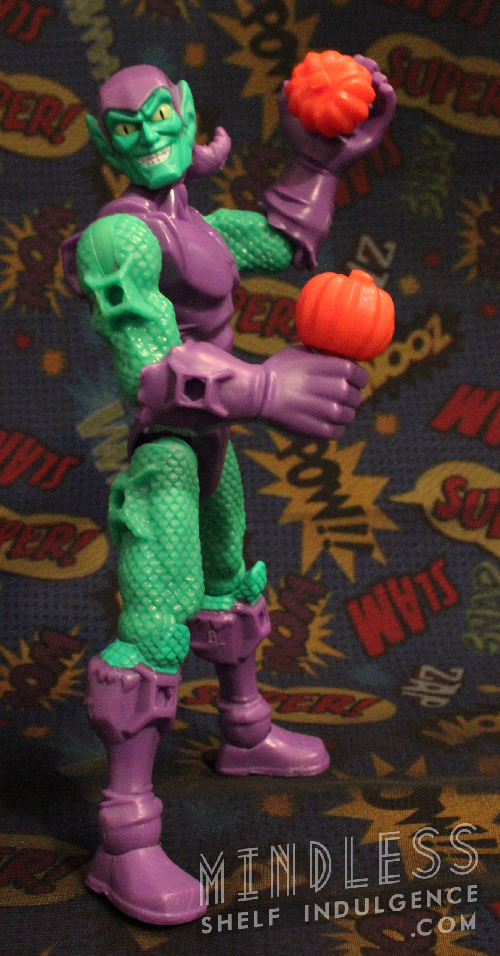
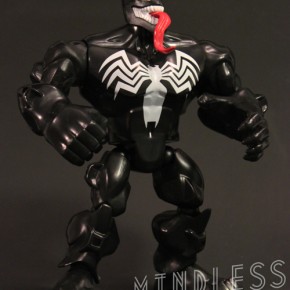
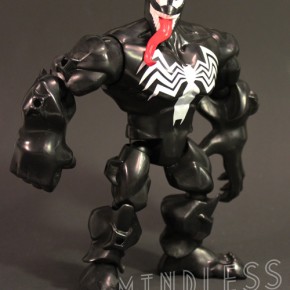
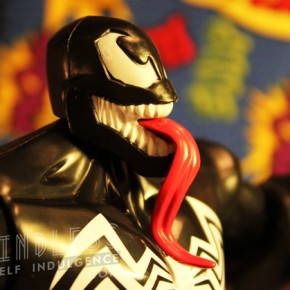

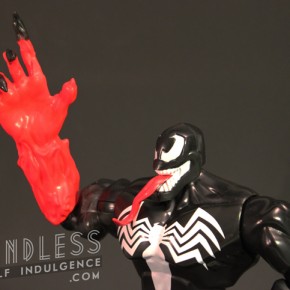
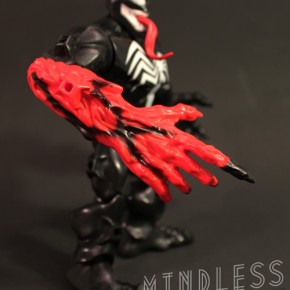
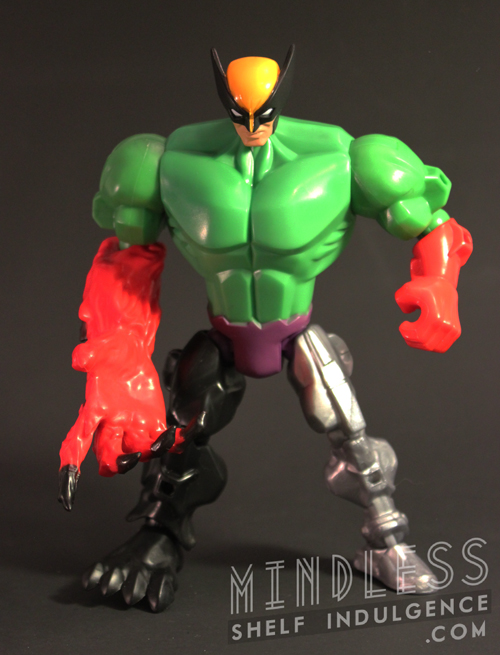
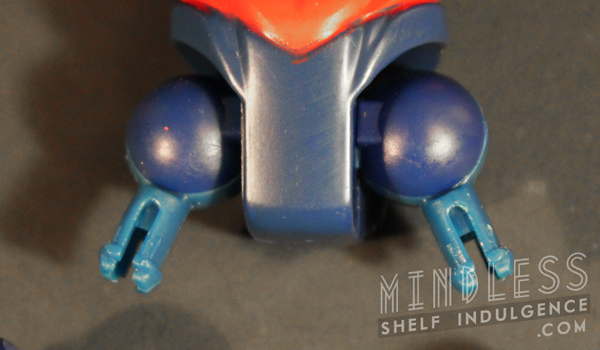
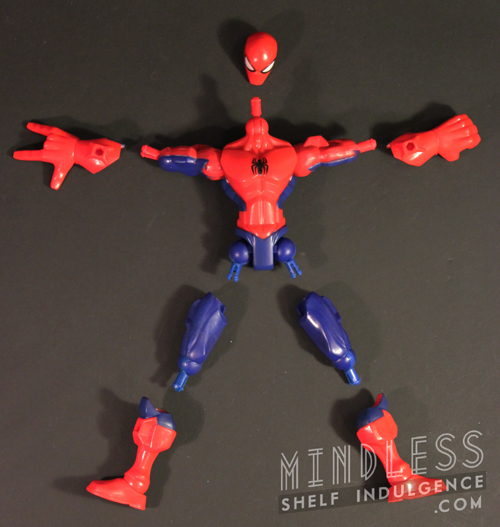
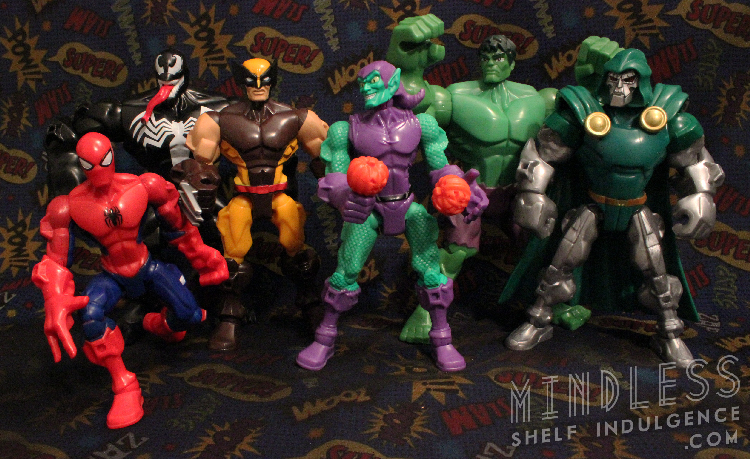

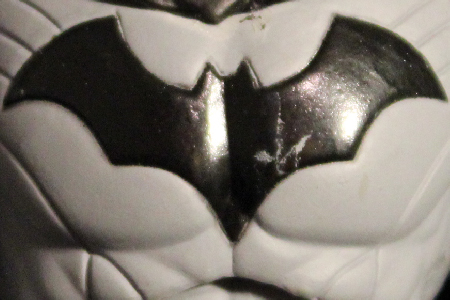
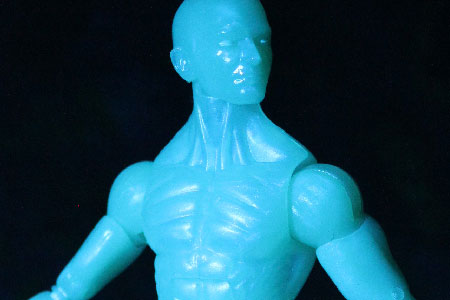
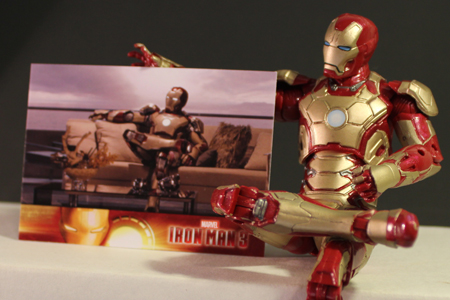
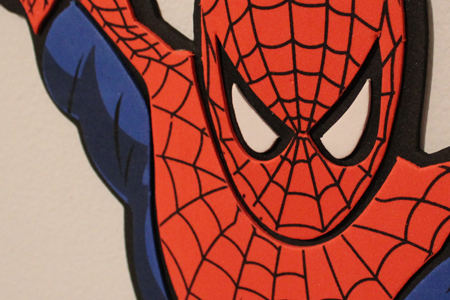

Comments are closed.